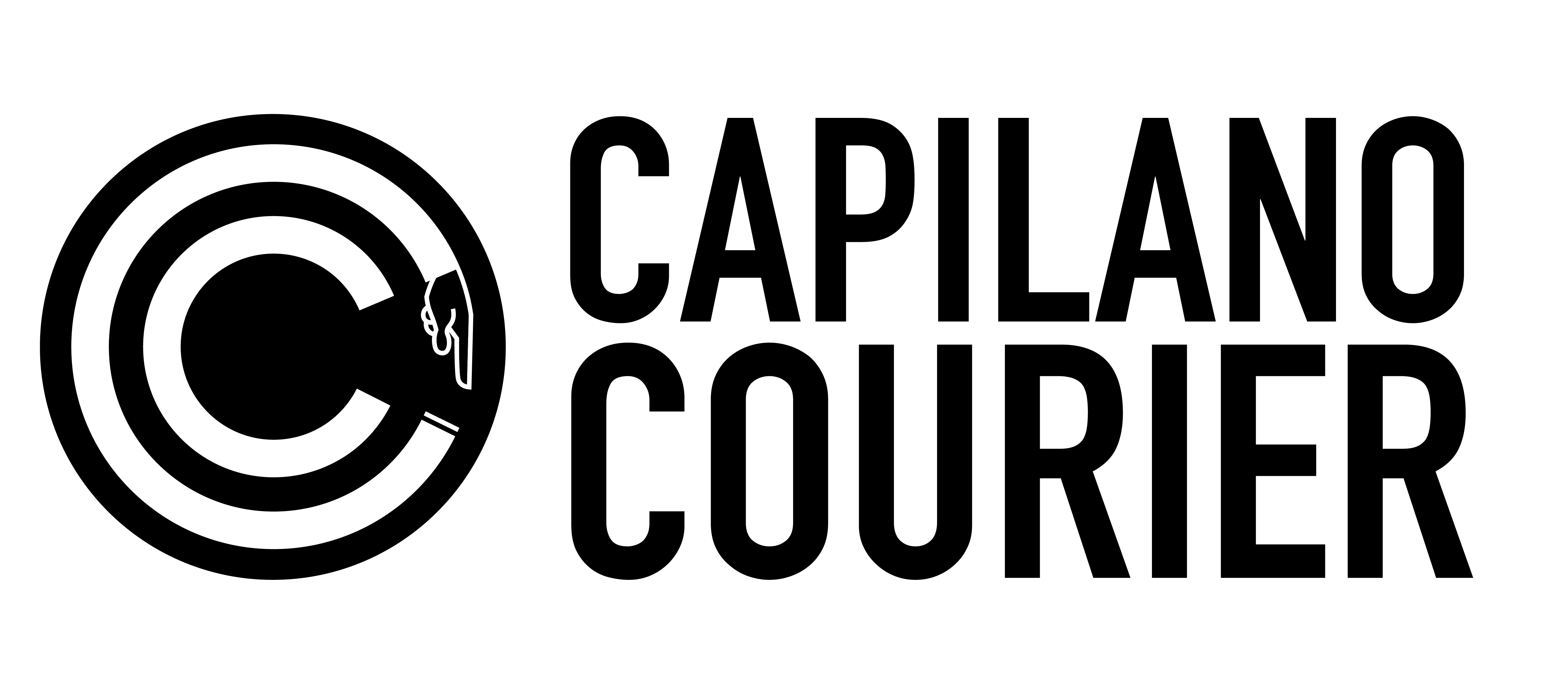Reclaiming one’s power, culture, and voice through creation
Emma Mendez (she/her/they/them) // Culture Editor
Jason Low // Illustrator
In a world where capitalism forces us to do almost everything for profit — turning our passions, our stories, ourselves, into a commodity in order to survive, art as resistance and reclamation is powerful. Although there are still many that are skeptical when it comes to art having an important role in social justice work, many do see it as significant in activism. Many also think of it as being a healing part of reclaiming one’s own cultural and ancestral ways. But what exactly does this mean?
Emilia Martinez (they/she), a multi-disciplinary artist residing in so-called Vancouver, uses their art as a way to resist oppression and to reconnect to their Indigenous ancestors.
Having always viewed art as a way of self-expression and self-exploration, Martinez said that, “[art,] in many ways is reflective of the conditions of the world around me. “As a person who dreams of a better future, who resists capitalism, colonialism, and an increasingly individualistic world, creating art in reflection of those dreams is, in itself, an act of resistance.”
While some may struggle to make the connection between resistance and reclamation, or even see how they are different, Martinez explained that they are not necessarily the same, but are interconnected. Creating art to reclaim one’s culture, voice, and power, is as Martinez said, “resisting the current machine of the world.” Especially for marginalized peoples, they noted.
For many artists, creating is empowering because it allows them to express their feelings and is healing for Martinez in particular as someone who is also an abuse survivor. This is because, “being an abuse survivor, you’re silenced, your power is taken away from you. So speaking up about it in any way…is empowering because you are carving a space for yourself where your humanity was pushed out,” said Martinez.
Being a very personal and unique journey for each person, Martinez reflects on how art has had a significant role in reclaiming and reconnecting for them, “as an immigrant, displaced from my home country, Mexico, as a young teenager, I would focus on [in my art] the feeling of feeling detached from where I’m from and my culture.”
Being “Mestize,” (mixed-Indigenous and Spanish descent). Martinez has been doing the work to reconnect with their Indigenous side, which, they share, is very hard to do when they have been displaced from their home community. Growing up in mainstream Mexican culture is also a form of displacement they have experienced. Since they did not have a connection to their Indigenous communities, as many also experience. For them art has been a way to always address personal journeys, also reflecting their journey of reconnecting with their Indigenous side. Art as reclamation doesn’t mean that the struggle and inner conflict is any less, it just comes out in a different way.
Martinez grapples with the perception of boundaries within their Indigenous art and aesthetic. As a white-passing Mestize person living in Mexico, they struggle with the boundaries of respect and honesty within a culture she does not feel is entirely hers. There is still a need to check in with oneself and reflect. “I want to be walking this path in a way that is respectful and honest, out of love for my ancestors, for the people, and for the land,” she said.
It’s understandable that people still wonder what impact art actually creates. Why should they care? Martinez acknowledged it was more than valid for people to wonder how we get to a point where action is taken. “As artists, I think it’s important to address social issues but also plant seeds of hope… art is a way that you can start to introduce ideas and topics to people that will get them talking, but it’s a starting point.”
“We need something to bring us together to spark these conversations and to spark conversations of hope and change,” they continued. “Art that tries to inspire is necessary if we want to change the way we live in this world.” Highlighting that it’s necessary to have hope but also channel that hope into tangible action.
Although one’s artwork alone may not spark a revolution, there is the hope that it will be a catalyst for deeper introspection and conversation. “I think people assume that when someone says they want to inspire change through their art that they are referring to this giant cultural upheaval,” explained Martinez.
They also share that with this perspective comes a need to redefine success when it comes to activism, reclamation and art. “I think if something I do sparks personal thoughts about something that maybe the person hasn’t thought about before, I consider that success.”
To those that are struggling with feeling hopeful and seeing the power as well as significance of art as resistance and reclamation, Martinez offers that a part of the cynicism many experience and pick, is not necessarily coming from one. “It’s this way the system wants us to feel so that we remain hopeless and powerless, and don’t act on our desires for change.”
They hold empathy for those who feel hopeless of the change and impact art can have. But would like to challenge people who believe art is not something that can be powerful. Martinez observed that “most of the time it speaks to how closed off people are to the idea of change being possible.”You can find them on Instagram at @tiny.void and on etsy





